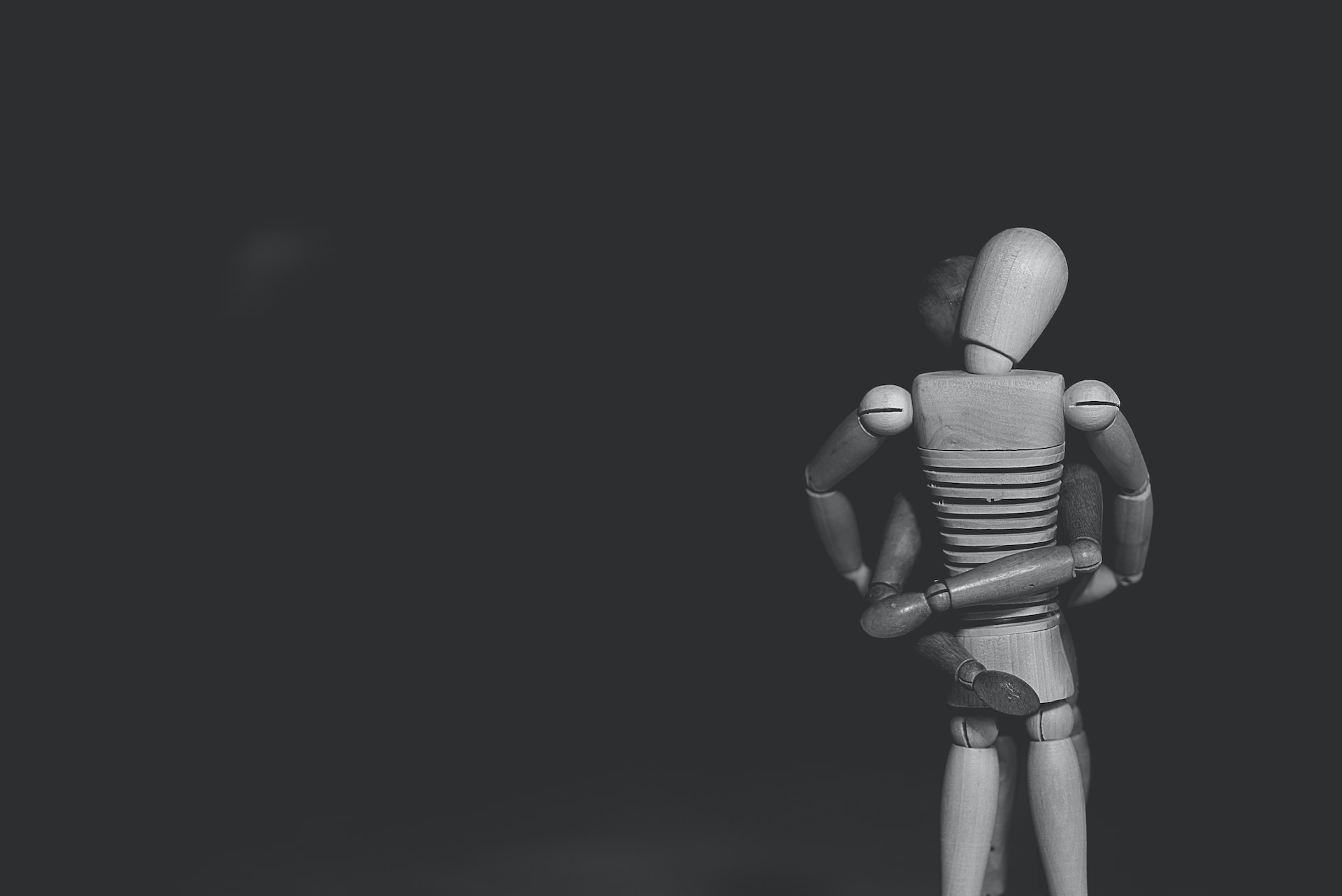“Bi” by Julia Shaw: A Comprehensive Exploration of Bisexuality

Challenging Stereotypes and Embracing History
WASHINGTON, D.C. — Julia Shaw’s latest book, “Bi,” presents a thorough investigation into the multifaceted world of bisexuality. It traverses the realms of science, culture, and history, moving from deeply political insights to refreshingly unique perspectives. Shaw, a criminal psychologist, confronts the long-standing misconception of bisexuality as a modern fad, tracing its acknowledgment back to at least the 1890s.
Breaking Down the Evolution of Bisexuality
Shaw points out the media’s periodic portrayal of bisexuality as a “new” phenomenon, citing examples from different eras where bisexuality was labeled as trendy. Her book is a determined effort to bring serious academic research on bisexuality to the forefront, asserting that bisexuality is not a transient trend but a consistent and complex aspect of human sexuality.
From Academic Jargon to Social Media Lingo
The book skillfully navigates between academic language and relatable social media speak, making complex concepts accessible to a broader audience. Shaw’s narrative includes scientific terms alongside everyday language, demonstrating her expertise in psychology and her adeptness at communicating intricate ideas in an engaging manner.
Political and Personal Undertones
Shaw begins her book with bold statements that challenge conventional views on sexuality. She discusses her own journey as a bisexual individual, including starting a bisexual research group and completing a master’s degree in queer history. Her personal and professional experiences add depth to the book’s exploration of bisexuality.
A Journey Through Science and Culture
Shaw’s book is a vibrant tour through various aspects of bisexuality. She celebrates the sexual behaviors of animals like bonobos and starfish, using them to draw parallels with human sexuality. The book also delves into studies on human behavior, suggesting that sexual preferences can be more fluid than traditionally thought.
Addressing Bisexual Visibility and Discrimination
Shaw highlights the challenges faced by bisexual individuals, including discrimination from both straight and gay communities. She cites studies revealing the professional and social consequences of openly identifying as bisexual and emphasizes the need for greater bisexual visibility to protect their rights.
The Complexity of Sexual Identity Labels
While Shaw meticulously defines bisexuality, she uses terms like LGBTIQ, LGBT+, and queer interchangeably without specific definitions. This approach mirrors the fluidity she advocates for in understanding sexuality, but it also reflects the complexity and sometimes the ambiguity of sexual identity labels.

Queer Theory as a Foundation
Shaw provides a succinct explanation of queer theory, an academic discipline that informs her work. She posits that bisexuality challenges conventional sexual binaries, prompting a broader reevaluation of assumptions about sex and relationships.
Conclusion: A Catalyst for Broader Conversations
“Bi” by Julia Shaw is not just a book about bisexuality; it’s a catalyst for conversations that could lead to greater understanding and empathy for people across the spectrum of sexual identities. Shaw’s exploration of bisexuality serves as a window into a world where traditional boundaries are questioned, and new perspectives are embraced.
©equalityvoices.org
